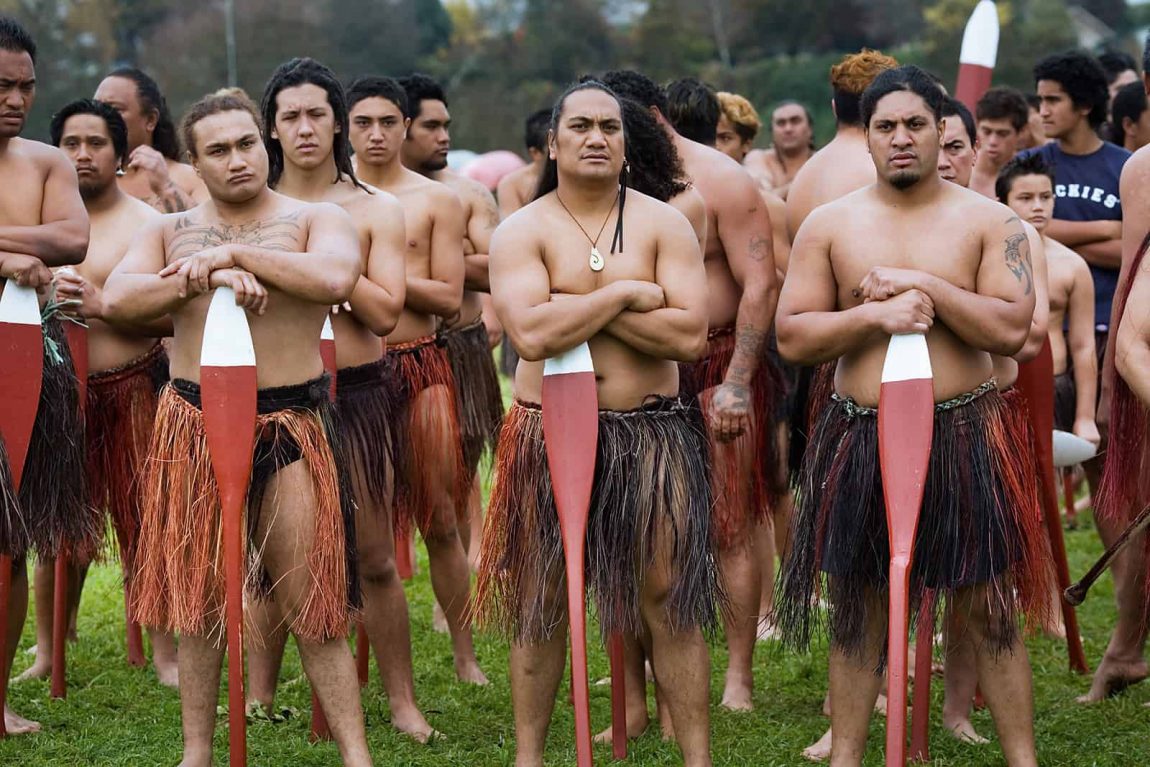- The Māori, New Zealand’s indigenous Polynesian people, have a rich history and culture.
- They arrived in New Zealand through multiple canoe voyages between 1320 and 1350.
- Māori culture is distinguished by its language, mythology, crafts, and performing arts.
- Early interactions with Europeans ranged from beneficial trade to conflict.
- The Treaty of Waitangi (1840) was a significant milestone in Māori-European relations.
- As of 2023, Māori make up 17.3% of New Zealand’s population.
- Continuous efforts address socioeconomic disparities and preserve Māori culture and rights.
- The Māori language, an official language of New Zealand, is a crucial cultural element.
The Arrival and Settlement in New Zealand
The Māori’s ancestral journey to New Zealand is a testament to their extraordinary navigation skills. Originating from East Polynesia, they settled in New Zealand around the 14th century. This migration marked the beginning of a unique cultural evolution, as the Māori developed their distinct language, mythology, crafts, and performing arts, independent of other Polynesian cultures.
European Contact and the Treaty of Waitangi
The 18th century marked the beginning of European contact, a period characterized by both beneficial trade and conflict. This era witnessed the Māori’s adoption of European technologies, significantly impacting their society. The Treaty of Waitangi, signed in 1840, was a pivotal moment, symbolizing a mutual agreement of respect and coexistence between the Māori and Europeans. However, land disputes and subsequent conflicts in the 1860s led to significant socio-political changes in Māori society.
Social Challenges and Cultural Revival
The 19th and 20th centuries saw the Māori population grappling with challenges such as epidemics, land confiscations, and forced assimilation into Western culture. These adversities led to a drastic decline in their numbers. However, the Māori community demonstrated remarkable resilience, leading to a cultural revival in the 20th century. This resurgence was characterized by political activism aimed at reclaiming their rights and addressing socio-economic disparities.
Socio-Economic Initiatives and Redress
Numerous initiatives have been undertaken to bridge the socio-economic gaps between Māori and other New Zealanders. These include addressing health disparities, educational underachievement, and employment challenges. Political and economic efforts continue to address historical injustices, with a focus on integrating Māori values into broader societal frameworks.
The Māori Language and Education
The Māori language, or Te Reo Māori, is a cornerstone of their cultural identity and an official language of New Zealand. Efforts to revive the language have seen the establishment of Māori language schools (Kura Kaupapa Mā
ori) and the integration of the language into the educational curriculum. These initiatives aim not only to preserve the language but also to foster a deeper understanding and appreciation of Māori culture among younger generations.
Political Representation and Activism
The Māori have a significant presence in New Zealand’s political landscape. They have been represented in the New Zealand Parliament since 1868 through reserved Māori seats. This political representation is crucial in addressing Māori issues and ensuring their voice is heard in legislative matters. Māori activism has been pivotal in bringing attention to issues such as treaty rights, land claims, and social justice, leading to several landmark settlements and legal reforms.
Contemporary Māori Society
Today, the Māori community is vibrant and dynamic, actively contributing to all aspects of New Zealand life. They are involved in politics, arts, sports, and business, enriching the nation’s cultural diversity. While embracing modernity, the Māori continue to uphold their traditions, passing on their rich heritage to future generations.
Challenges and Future Prospects
Despite significant progress, the Māori community still faces challenges, including higher levels of poverty, health issues, and lower life expectancy compared to other ethnic groups in New Zealand. Addressing these challenges requires ongoing commitment from both the government and the community to ensure equitable opportunities and outcomes for the Māori.
Cultural Impact and Global Recognition
Māori culture has gained international recognition for its distinct art forms, including the famous Haka dance, intricate carvings, and striking tattoos (Ta Moko). These cultural expressions not only reflect the artistic prowess of the Māori but also serve as a means of preserving and communicating their history and values.
Conclusion
The Māori people, with their rich history and culture, remain an integral part of New Zealand’s identity. Their journey from ancient Polynesian navigators to modern-day citizens reflects a story of resilience, adaptation, and cultural preservation. As New Zealand continues to evolve, the Māori heritage remains a central and unifying force, contributing to the nation’s diverse and vibrant cultural landscape.
This exploration into the Māori culture and history reflects the enduring spirit and resilience of New Zealand’s indigenous people. Their rich heritage continues to shape New Zealand’s national identity and offers a unique perspective on the nation’s past, present, and future.





